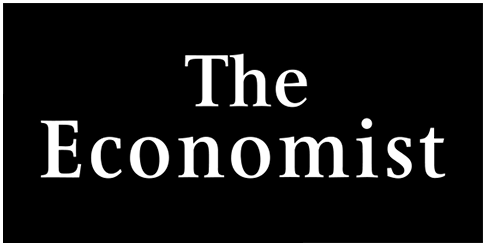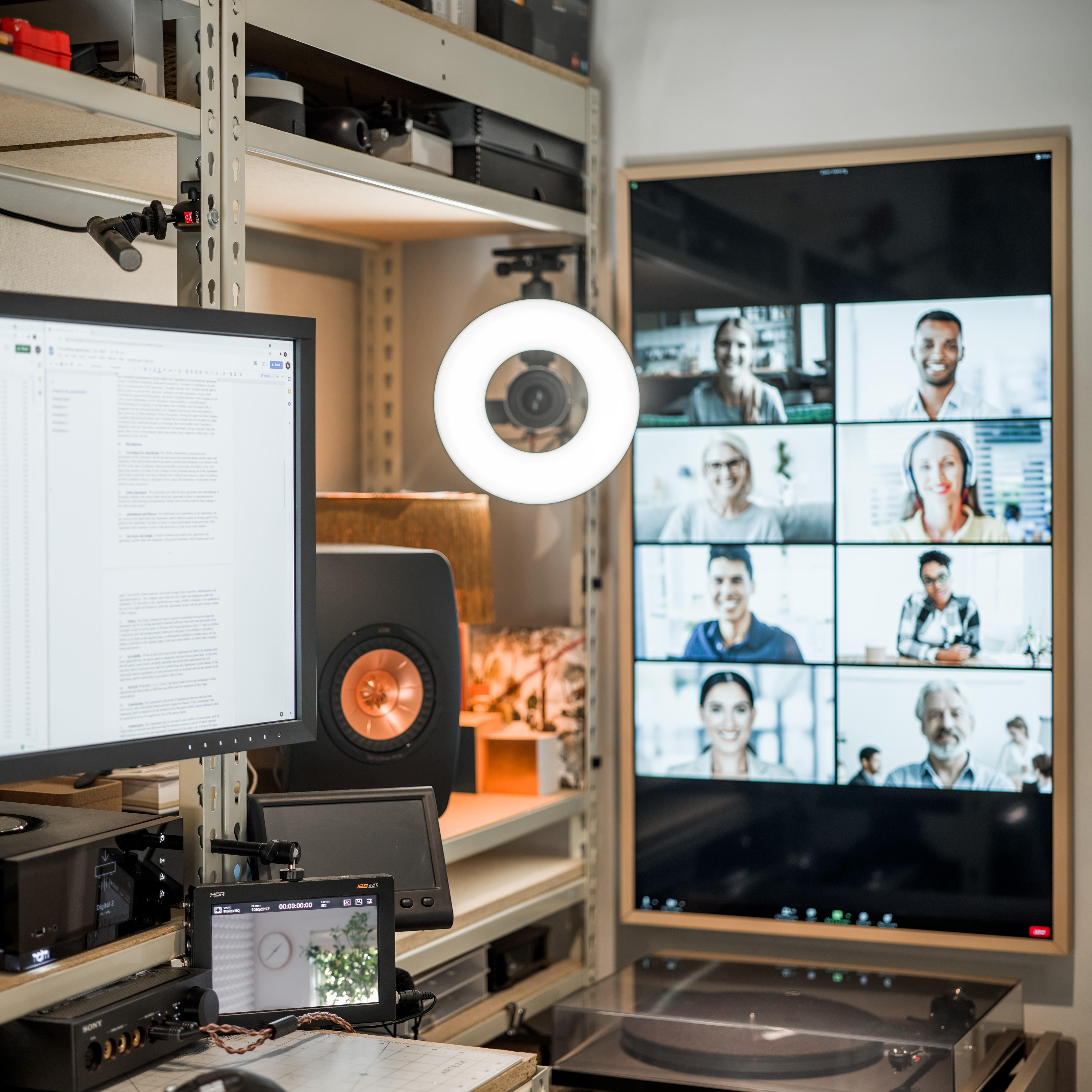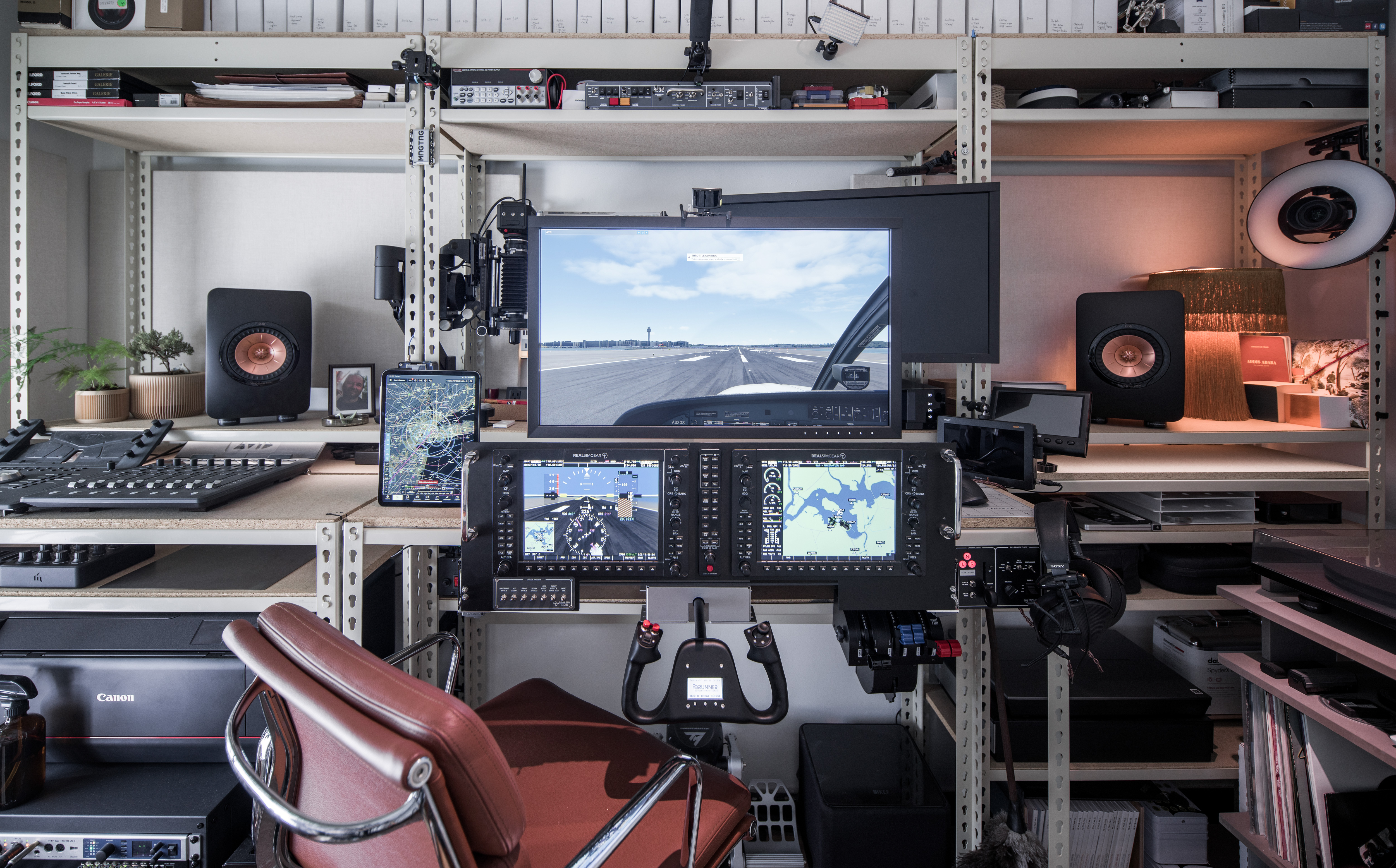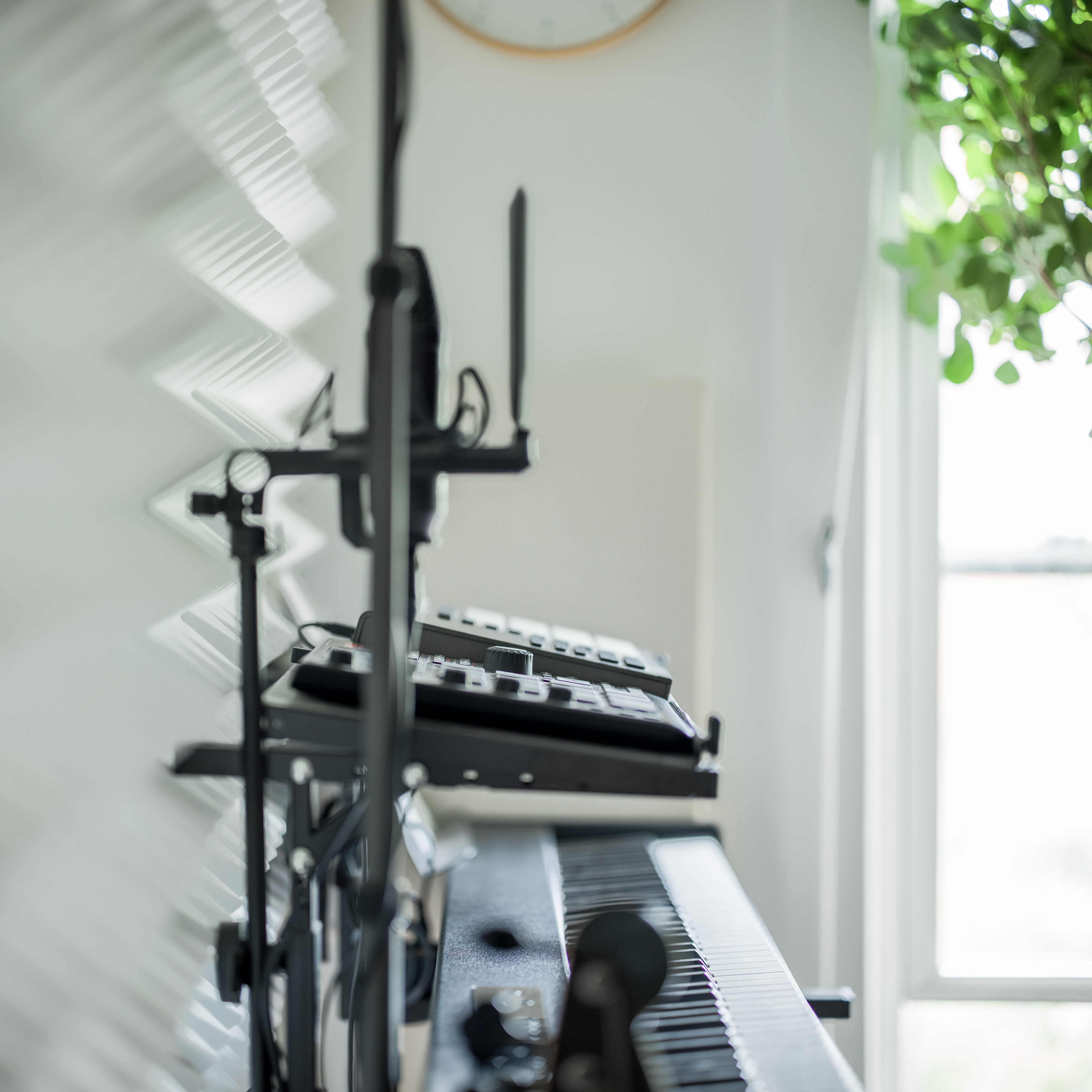Once the basics were done, the real game of Tetris began:
First up, just like the conferencing capabilities, we segmented the work modes into 4 distinct groups. It was clear that the space was simply not large enough to support dedicated areas, so we took the equipment and requirements list, and started playing with shelf numbers and their height and made sure that each item is in its best possible ergonomic position.
The by far largest amount of devices by volume and space were the musical instruments and equipment, so we created another instrument station against the back wall holding the main piano, various drum pads, pedals, and microphones, which allows distraction free productions with up to 3 people in the studio. A slightly tweaked Line Phono stand holds the most often used records as well as the sampling turntable, and, like all audio components, is fully insulated from vibrations caused by the busy nearby street. Conversely, significant effort was spent to make sure that no element in the study would start vibrating or cause other interference during low bass or high volume playback.
As always in some cases we got lucky as things progressed: the initial frustration of not being able to mount the main displays on the back wall quickly turned into appreciation for a couple of additional hidden cubic feet of space and greater flexibility in screen positions thanks to the independent and almost invisible white powder coated Ergotron monitor arms.
Some items, like the flight simulator dashboard, needed custom fabrication which, in combination with a soft close cabinetry mechanism, keeps it wired and safely in place while being used or stowed on the underside of the main work surface.
Once all components found their homes, functionality of their position in daily use was validated and last adjustment were made, and the tedious work of measuring, laying, connecting and tidying up almost 700 feet of cables commenced - including all the power for the most common functions running through a single central board of five switches, to power additional functionality on and off as needed and with a single reach.




















 Sending...
Sending...